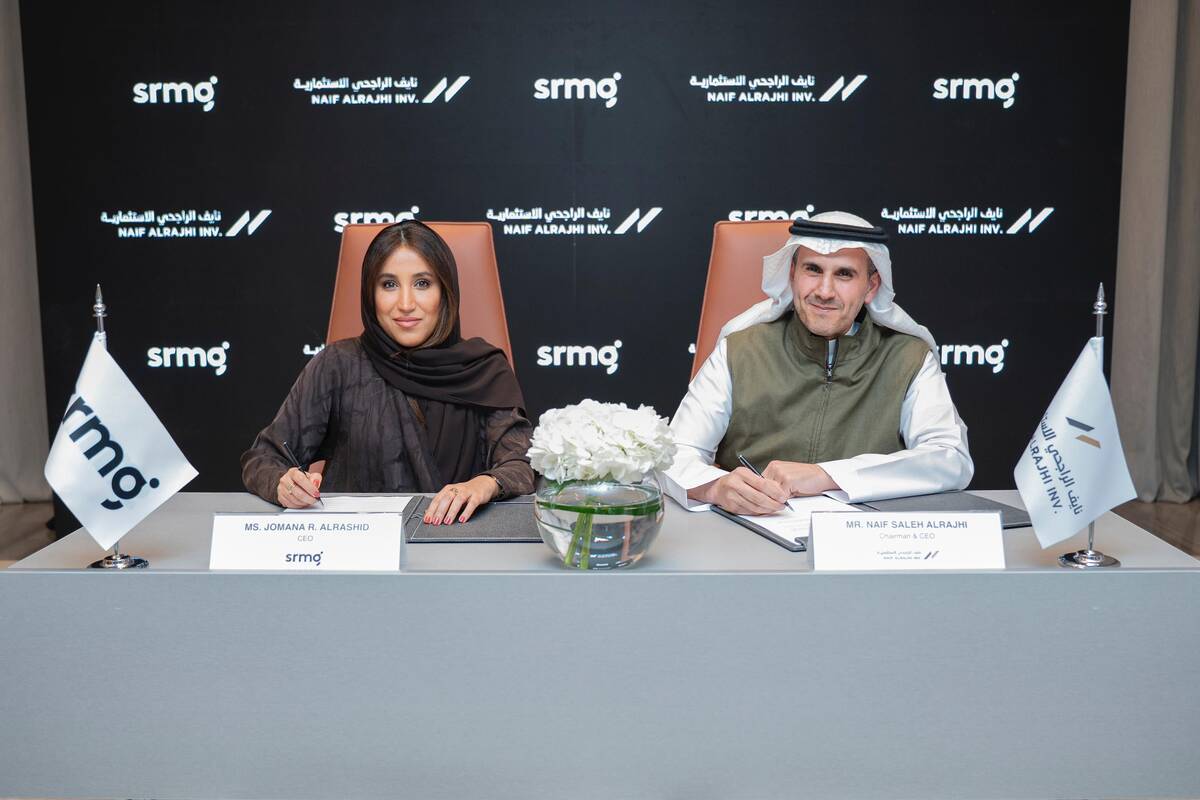Republican presidential candidate Donald Trump has joined TikTok, the short video social media platform that is owned by China-based tech giant ByteDance and that he tried to ban as president, ahead of the US elections in November.
Politico, which first reported the news, said he posted a launch video on his account on Saturday night. The video showed Trump greeting fans at an Ultimate Fighting Championship fight in Newark, New Jersey.
The account, President Donald J. Trump with the address @realdonaldtrump, had more than 450,000 followers by 0800 GMT.
ByteDance is challenging in courts a US law that came into effect in April requiring it to sell TikTok by next January or face a ban. The White House says it wants to see Chinese-based ownership ended on national security grounds, but not a ban on TikTok.
TikTok has argued that it will not share US user data with the Chinese government and that it has taken substantial measures to protect the privacy of its users.
Trump’s attempt to ban TikTok in 2020 when he was president was blocked by the courts. He said in March that the platform was a national security threat but also that a ban on it would hurt some young people and only strengthen Meta Platforms’ Facebook, which he has strongly criticized.
President Joe Biden’s reelection campaign joined the app in February.
Donald Trump joins the TikTok video platform he once sought to ban
https://arab.news/wkfnn
Donald Trump joins the TikTok video platform he once sought to ban

- The account, President Donald J. Trump with the address @realdonaldtrump, had more than 450,000 followers by 0800 GMT




























